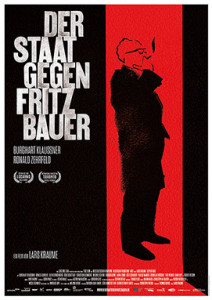 This decision published by the Federal Supreme Court (Bundesgerichtshof) a couple of days ago on its website appears to be the latest instalment in the on-going saga of Franz Sedelmayer’s quest to enforce an investment treaty award against Russia. Of course, the Federal Supreme Court sticks to Germany’s practise of anonymous court reporting. The facts reported in the decision are so unique, however, that it cannot be anything else but the Sedelmayer case.
This decision published by the Federal Supreme Court (Bundesgerichtshof) a couple of days ago on its website appears to be the latest instalment in the on-going saga of Franz Sedelmayer’s quest to enforce an investment treaty award against Russia. Of course, the Federal Supreme Court sticks to Germany’s practise of anonymous court reporting. The facts reported in the decision are so unique, however, that it cannot be anything else but the Sedelmayer case.
Franz Sedelmayer was awared damages under the German-Russian Investment treaty in an arbitration seated in Stockholm in 1998, and has spent more than 15 years enforceing it. The details have been reported extensively, see for example, this piece in the New York Times. Read More



 At a press conference today, the
At a press conference today, the